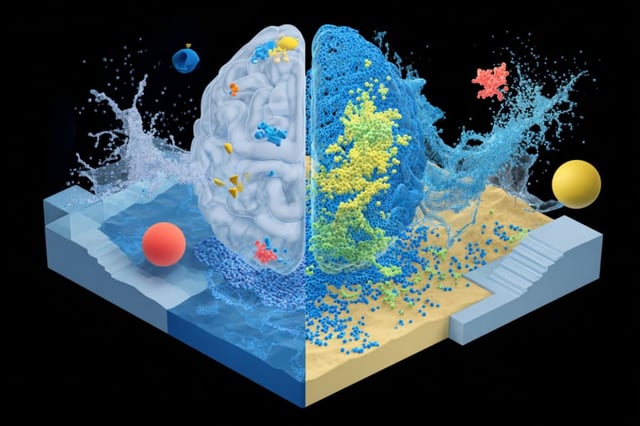Overview
- fMRI scans by MIT neuroscientists revealed a clear double dissociation in both the lateral occipital complex and frontoparietal physics network, with distinct regions responding to rigid objects versus fluids and granules
- Within the ventral pathway, subregions showed stronger activation for “things” such as bouncing balls, while adjacent zones preferentially processed “stuff” like water and sand
- The dorsal frontoparietal physics network mirrored this material-based segregation, suggesting parallel specialization across perception and action-planning circuits
- This neural distinction may underlie how the brain plans different interactions, from grasping solid objects to scooping or containing liquids
- Led by Vivian Paulun and Nancy Kanwisher, the study appears in Current Biology today and research is now focused on testing whether these subregions perform separate simulations and encode properties such as viscosity and bounciness

